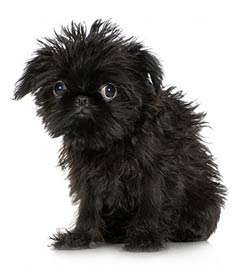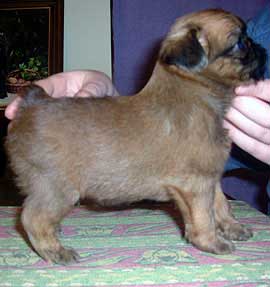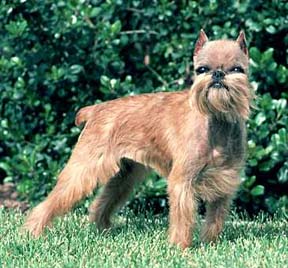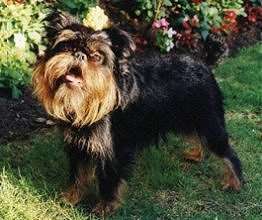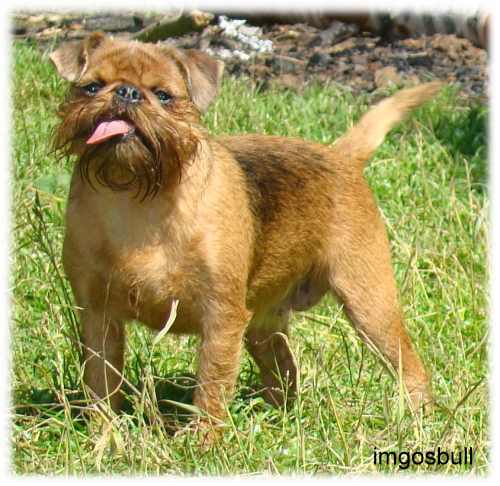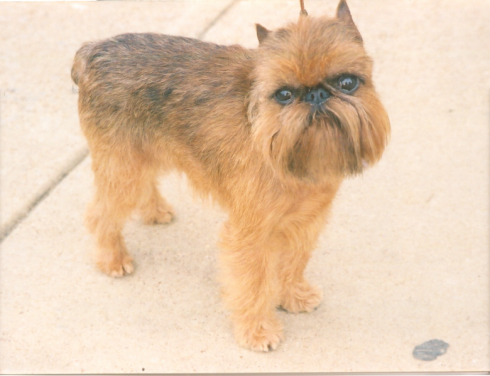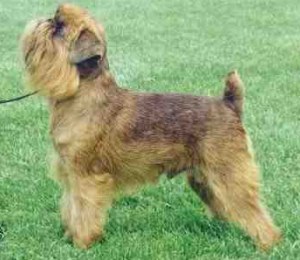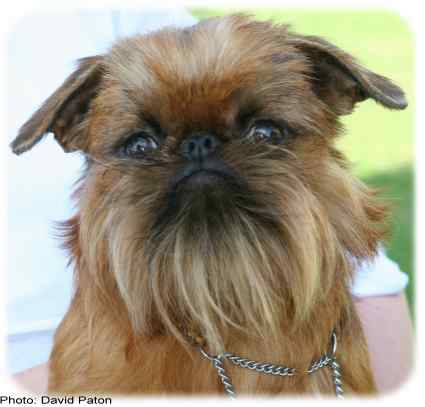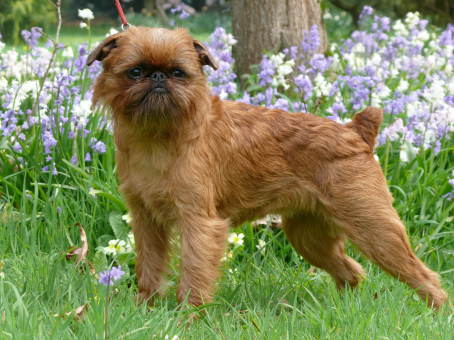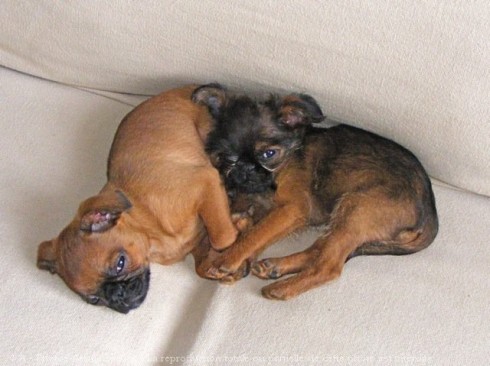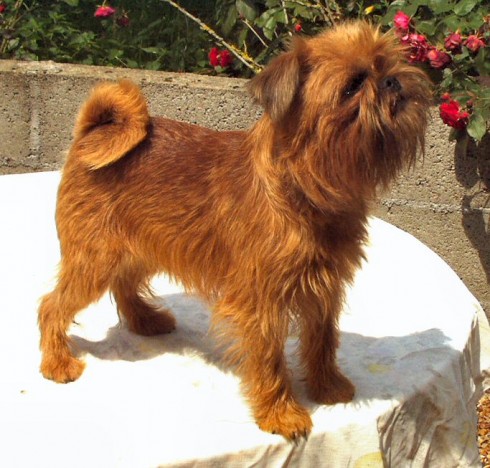Main Index
In Store
Our Web Store
Miniature Schnauzer Picture Gallery
Latest Dog Blogs
- What Are The Basic Commands To Train A Dog?
- PaySafe As The Most Popular Type Of Deposit
- Everything You Need To Know About Pet Sales
- Dogs Contribute To Our Physical And Mental Well Being
- How To Choose Where To Bet On Greyhounds In 2022
- Volunteer With Animals - How To Help Dogs Around The World
- Basic Understanding Of The House Edge
- Why You Should Get A Dog
- Top 20 Popular Dog Names Around The World
- Constipation in Dogs and How to Find Solutions
Griffon Bruxellois
Griffon Bruxellois Picture Gallery
Griffon Bruxellois Clubs/Associations
The Full Griffon Bruxellois Description
The Brussels Griffon is known for the almost human expression on his face. He is highly intelligent and sensitive. Even though he requires the protections need by any toy breed, the Brussels Griffon is a total companion, bright and alert. If he feels threatened, he kicks up a big fuss.
Did you know?
Personality plus is the first impression you will receive when meeting a Griffon.
The Brussels Griffon makes lasting friends with whom ever he knows.
So you want to own a Brussels Griffon?
The Brussels Griffon's coat can be either rough or smooth. The rough coat is wirey and dense, the smooth coat is straight, short, and glossy.
The Brussels Griffon is alert and full of self-importance.
Indicative Breed Standard
General Appearance
A cobby, well-balanced, square little dog, giving appearance of measuring the same from withers to tail root as from withers to ground.
Characteristics
Smart little dog with disposition of a terrier. Two varieties, rough coated, Griffon Bruxellois and smooth coated, Petit Brabançon. Both with pert, monkey-like expression, heavy for size.
Temperament
Lively and alert.
Head and Skull
Head large in comparison to body, rounded but in no way domed, wide between the ears. Hair on skull, in roughs rather coarse. Nose always black, as short as possible with large open nostrils, high set sloping back to skull with deep stop between nose and skull. Wide muzzle, neat lips, with good turn-up. Chin prominent, in roughs furnished with beard.
Eyes
Black-rimmed, very dark, large, round, clear and alert.
Ears
Semi-erect, high-set, the smaller the better.
Mouth
Slightly undershot with even teeth, not showing teeth or tongue.
Neck
Medium length, slightly arched, springing from well laid back shoulders.
Forequarters
Chest rather wide and deep, legs straight of medium length and bone.
Body
Short back, level from withers to tail root, neither roaching nor dipping; deep; well-sprung ribs; short, strong loin.
Hindquarters
Well muscled thighs of good length, hocks low to ground, turning neither in nor out, stifles well bent.
Feet
Small, thick, cat-like with black toenails.
Tail
Customarily docked. Docked: Docked short, high set, emerging at right angles from level topline. Undocked: High set, emerging at right angles from level topline. Of moderate length, curved gently over back when moving.
Gait/Movement
Free with good drive from rear. Moving true coming and going. High stepping front movement undesirable.
Coat
Roughs: harsh, wiry, free from curl, preferably with undercoat. Smooths: short and tight.
Colour
Clear red, black or black and rich tan without white markings. In clear red, a darker shade on mask and ears desirable. Ideally each hair should be an even red from tip to root. Frosting on muzzles of mature smooths should not be penalised.
Size
From 2.3-5 kgs (5-11 lbs); most desirable 2.7-4.5 kgs (6-10 lbs).
About Our Article Directory
- Article
- 27 November 2010
- 2 comments
Canis lupus familiaris
- Breed Article
- 29 May 2010
- No comments
Quick Search
Donate
Latest Dog Pods
- Tips on How to Stop Your Dog from Biting
- Beware - Not All Advertised Dog Rescues Really Are! How Can You Know The Truth?
- Helpful Tips For Dog Obedience Problems
- How to Keep Dogs From Eating Poop
- Dog Grooming Tips - A General Overview of the Very Basics of Dog Grooming
- Recognising Different Types of Dog Obedience Problems
- 5 Important Tips On Feeding A Puppy


